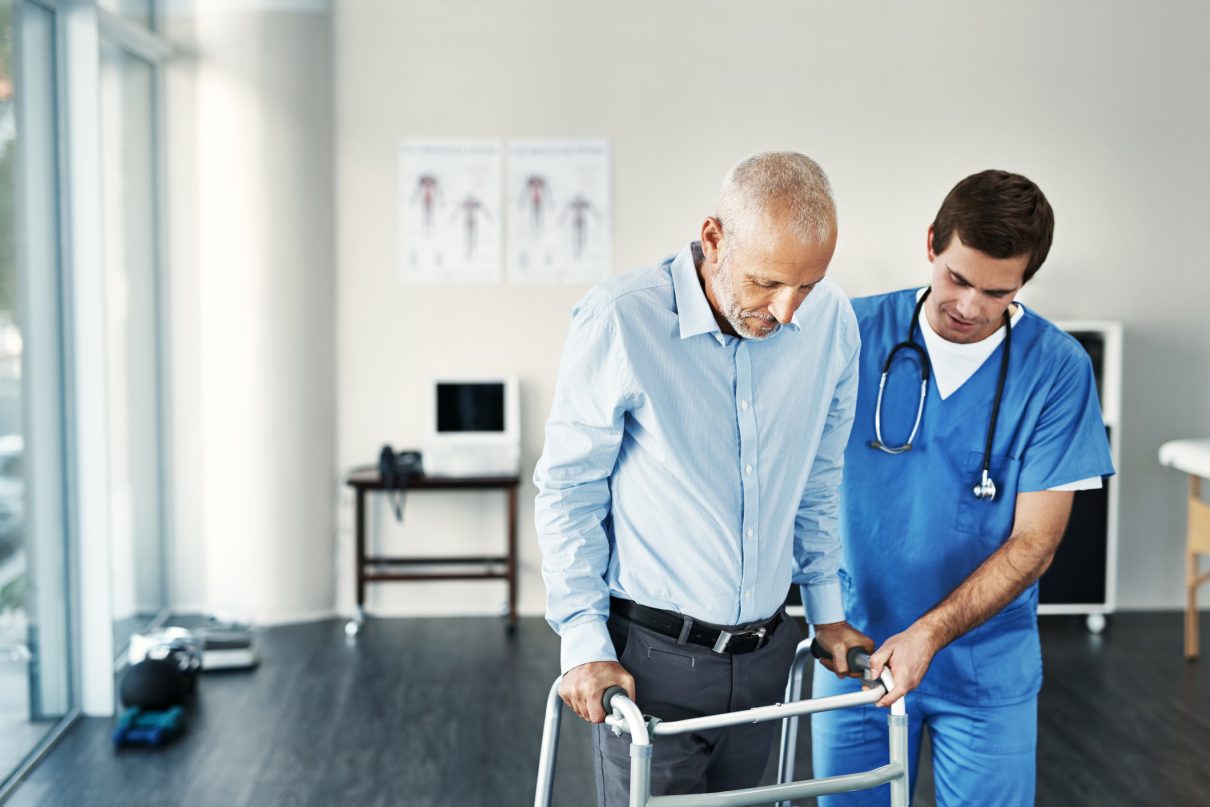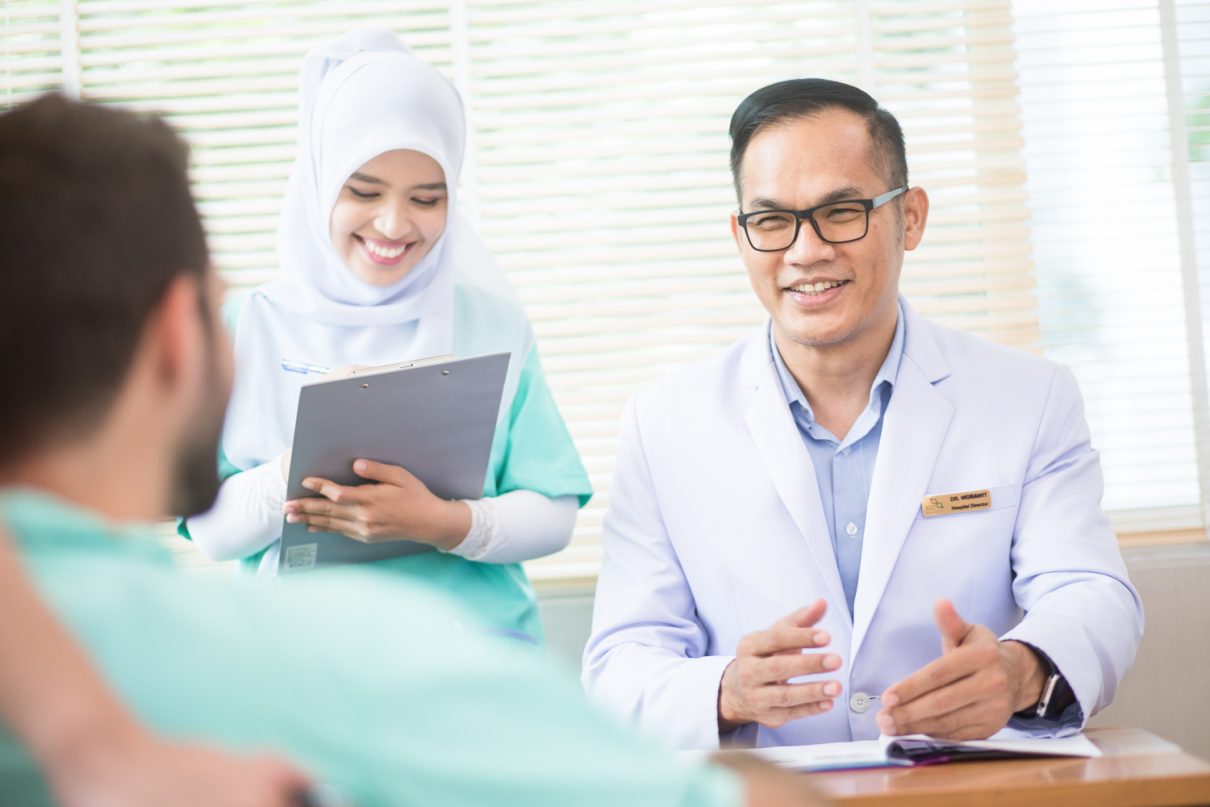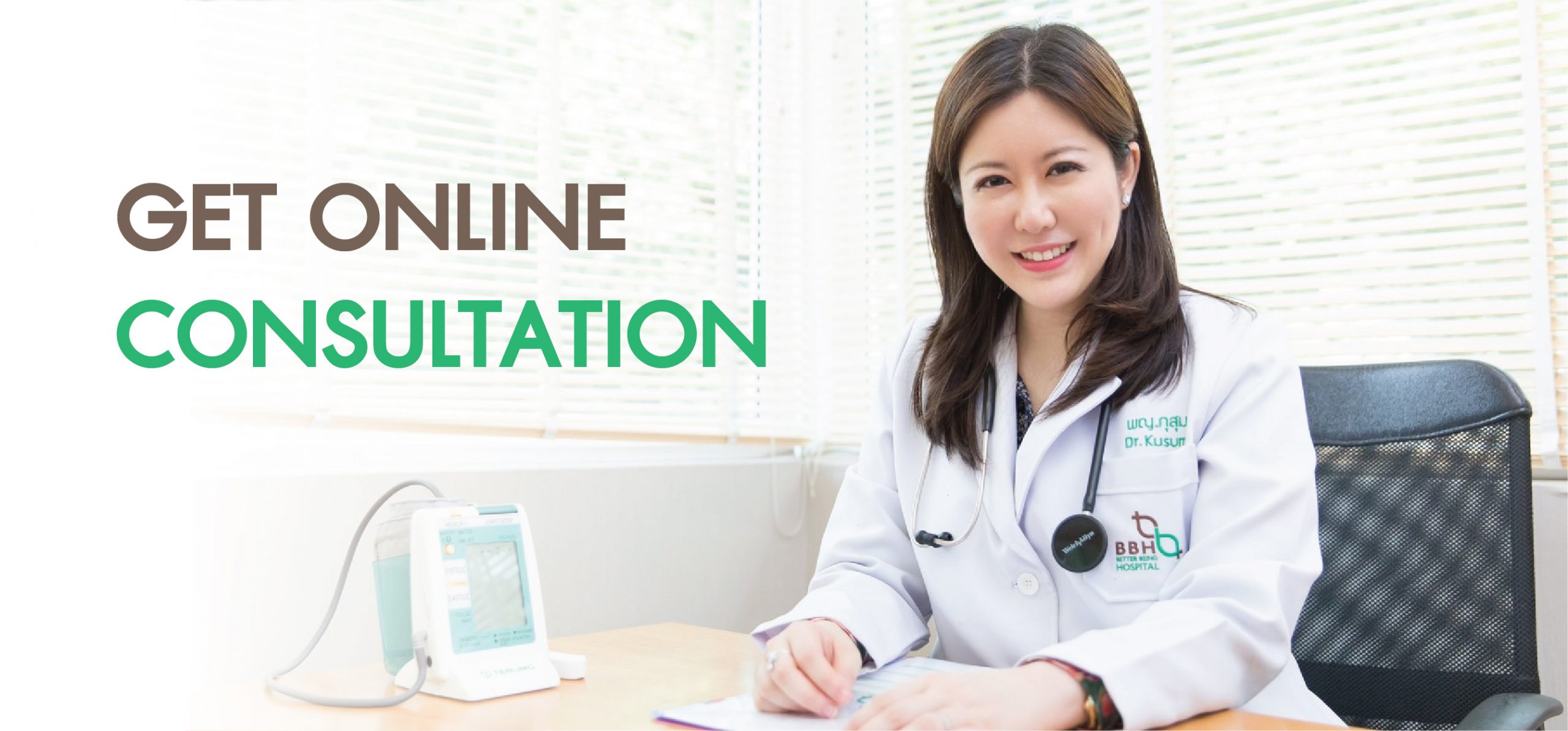Amyotrophic Lateral Sclerosis (ALS)
What is ALS?
Also known as Lou Gehrig’s disease, ALS is a very aggressive and progressive degenerative neurologic disease affecting the nerve cells of the brain and the spinal cord. Normally, our motor neurons reach from the brain to the spinal cord and from the spinal cord to the muscles throughout the body. With ALS, these motor neurons degenerate and die which cause the loss of muscle control which eventually results in paralysis and losing the ability to speak, eat and breathe subsequently. In cases with rapid progression, it can be fatal within a year from the onset while milder progression may allow survival for many years.
What are the common signs and symptoms of ALS?
- Progressive weakness in any body part
- Loss of muscle mass and tissue
- Spasticity or continuous contraction of muscles
- Dysarthria or difficulty in speaking
- Dysphagia or difficulty in swallowing
- Frequent muscle cramps
- Random twitching
- Trouble with the respiratory system and breathing normally
Other facts about ALS:
- Cause is unknown. About 90 percent of ALS cases occur without family history
- It takes about one year before a final ALS diagnosis is made
- ALS is difficult to diagnose as there is no single test or screening to establish the diagnosis. Diagnosis requires a thorough clinical examination and series of diagnostic tests while ruling out other diseases that look like ALS
- It is not contagious
- The disease can affect anyone throughout the world regardless of race, ethnic or socioeconomic backgrounds.
- The initial symptoms of ALS can vary in different people and with a slow onset
Role of Functional Medicine in ALS
Functional Medicine aims in determining imbalances in metabolic functions through Functional Lab tests as these are mostly overlooked in the treatment of the disease. Lab results help in determining underlying factors that cause the patient’s symptoms. A personalized patient care plan can then be established with in-house adjunctive therapies and nutritional modification directed at the specific needs of the patient. ALS conditions may greatly benefit with antioxidant therapy, stem cell therapy, and DFPP (Double Filtration Plasmapheresis) among many others.
For more information or free online consultation, please send us inquiry.
- Published in Neurological Rehabilitation Center, Services
Spinal Muscular Atrophy
What is Autologous Stromal Vascular Fraction (SVF) Harvesting?
Autologous Stromal Vascular Fraction (SVF) Harvesting is a procedure in which adipose (fat) tissues are removed from the body usually from the belly or back area via liposuctioning. This can be done under local anesthesia as an out-patient procedure. The removed fat tissues then get separated into several components by a specialized container under close system, processed by enzyme, centrifuged and incubated. One of the most important component we get as a result of the separation process is a collection of cells we refer to as stromal vascular fraction (SVF). SVF is a collective term generally referring to mixture of endothelial and mesenchymal stem cells and various type of immune cells such as T cells, B cells, mast cells and macrophages. (Miltenyi Biotec, 2014)
The newly harvested SVF can be used in many ways depending on the need of the patient. Most commonly, it will be used to infuse back, together with platelet rich plasma (PRP), for rejuvenating purpose. Apart from this, it can be injected into knee joints to promote repairing and regeneration of knee cartilage. (Pham, Tian, Bui, et al, 2013) (Radin & Burr, 1984)
SVF can also be used to culture and grow more number of mesenchymal stem cell (MSCs) in a specialized laboratory. MSCs has extensive application in many type of chronic conditions, ranging from neurodegenerative disorders, such as Parkinson Disease, Alzheimer’s Disease, Multiple sclerosis to stable neurologic conditions , such as brain injury, spinal cord injury, cerebral palsy etc. (Gierdano, Galderisi & Marino, 2007) (Mesples, Majeed, Yun, et al, 2013)
What is the advantage of Autologous Stromal Vascular Fraction (SVF) Harvesting?
The Autologous Stromal Vascular Fraction (SVF) Harvesting procedure can be performed as an out-patient procedure, under local anesthesia and only takes few hours to complete. The procedure is minimally invasive thus require very little recovery time for the patients. And because the cells are “extracted” from the patient himself/ herself there are no compatibility issue involve.
Why mesenchymal stem cells (MSCs)?
There are several types of stem cell in the body but MSCs has the most capacity for multilineage differentiation, meaning they can adapt and change to the type of cells that patient’s body need. According to many prominent research institutions MSCs also showed the most promising result when it came to wound healing and tissue regeneration. Numerous studies were done on the potential healing ability of MSCs on different type of chronic conditions. (Wu, Chen, Scott, et al, 2007)
Why do we use choose to harvest from adipose tissue and not bone marrow or blood?
Whether your adult mesenchymal stem cells come from bone marrow, blood or fat probably does not make a much difference in terms of clinical use and its result. Although some centers claim that bone marrow or blood derived cells are superior to fat derived cells, there is no study evidence existed to prove such claim. (Harvesting MSCs from bone marrow require an invasive, painful, and time consuming procedure, while the number of cells yield is not comparable to fat origin. This also occur with getting the MSCs from blood, which require injection of marrow activating factors while the cell yielding is low. The situation may not be in the best clinical and financial interest of both the clinician and the patient. (Cell Surgical Networks, 2015)
What can we do with your harvested SVF cells?
Here at BBH Hospital we offer two options for the newly harvested SVF usages. First option after the harvesting we can infuse SVF with your PRP (both are obtained from the same procedure the procedure) and then re-inject it back to a desired area, intravenous, intradermal, or intra-articular, as agreed per prior discussion during the initial consultation. The second option is to send SVF off to a specialized laboratory where MSCs progenitor cells get separated and cultured to make more MSCs for future use. The newly made MSCs can also be stored in a special cells bank where cells are kept in stage of stasis extending their lifespan by significant amount of time. Having your cell stored in a cell bank mean that we no longer need to harvest your SVF again to get MSCs. The bank can fetch your cells sample to and re-culture the cell to get new MSCs as much as you needed for as long as you needed.
Why choose BBH Hospital?
At BBH Hospital we use a special designed close system to harvest the adipose tissues. This mean in addition to the standard sterile technique which we practice, there is an extra safety net to guard against any possible infections. Here at BBH Hospital the patient’s safety is always our first priority. Another advantage for choosing us is that our harvesting system require shorter amount of time comparing to many other systems – meaning more fresh harvested SVF and MSCs will be available for the patient. Also all of our physicians are registered, board certified, internationally trained, and very experienced in their specialty area. Our team at BBH Hospital will make sure that you will have a good experience and great result.
Here are the outline of what BBH-ASVF package includes
- One hour consultation with physician to discuss treatment, history, medication, goals, and expectation outcomes.
- Adipose cell harvesting procedure
- Stromal vascular fraction (SVF) isolation
- Platelet-riche plasma (PRP) procedure
- Reinfusion procedure, either intravenous, intradermal or intra-articular
- Nursing care during the stay
- Medication required for the procedures
- Surgical suite and equipment usage
- Constant monitoring during the procedure and while in recovery
Optional package
- SVF banking and MSCs culture
References:
Radin, E.L.& Burr, D. B. (1984). Hypothesis: joints can heal. Electronically retrieved from: http://www.ncbi.nlm.nih.gov/pubmed/6729484
Pham, P. V., Bui, K., Ngo, D.Q., et al. (2013). Transplantation of Nonexpanded Adipose Stromal Vascular Fraction and Platelet-Rich Plasma for Articular Cartilage Injury Treatment in Mice Model. Journal of Medical Engineering. Volume 2013 (2013), Article ID 832396, 7 pages
Wu, Y., Chen, L., Scott, P. G., et al. (2007). Mesenchymal Stem Cells Enhance Wound Healing Through Differentiation and Angiogenesis. Stem Cells Journal. Volume 25, Issue 10, pages 2648–2659, October 2007.
Gierdano, A., Galderisi, U. & Marino,I. (2007). From the laboratory bench to the patient’s bedside: An update on clinical trials with mesenchymal stem cells. Journal of Cellular Physiology. Volume 211, Issue 1, pages 27–35, April 2007
Cell Surgical Network. (2015). Why does use liposuction fat rather than bone marrow as a source of stem cells? Electronically retrieved from: http://www.stemcellrevolution.com/about-us/faqs/#11
Miltenyi Biotec. (2014).Preparation of the stromal vascular fraction (SVF) from human lipo-aspirate. Electronically retrieved from: https://www.miltenyibiotec.com/~/media/Files/Navigation/Research/Stem%20Cell/SP_MSC_lipoaspirate_protocol.ashx
Mesples, A., Majeed, N., Yun, Z., et al. (2013). Early immunotherapy using autologous adult stem cells reversed the effect of anti-pancreatic islets in recently diagnosed type 1 diabetes mellitus. Med Science Monitor, 2013; 19: 852-857
Corti, S., Nizzardo, M., Nardini, M., et al (2008). Neural stem cell transplantation can ameliorate the phenotype of a mouse model of spinal muscular atrophy. Journal of Clinical Investigation, 2008,118: 3330
- Published in Neurological Rehabilitation Center, Services
- 1
- 2

 English
English  ไทย
ไทย  繁體中文
繁體中文  Português
Português  Español
Español 


